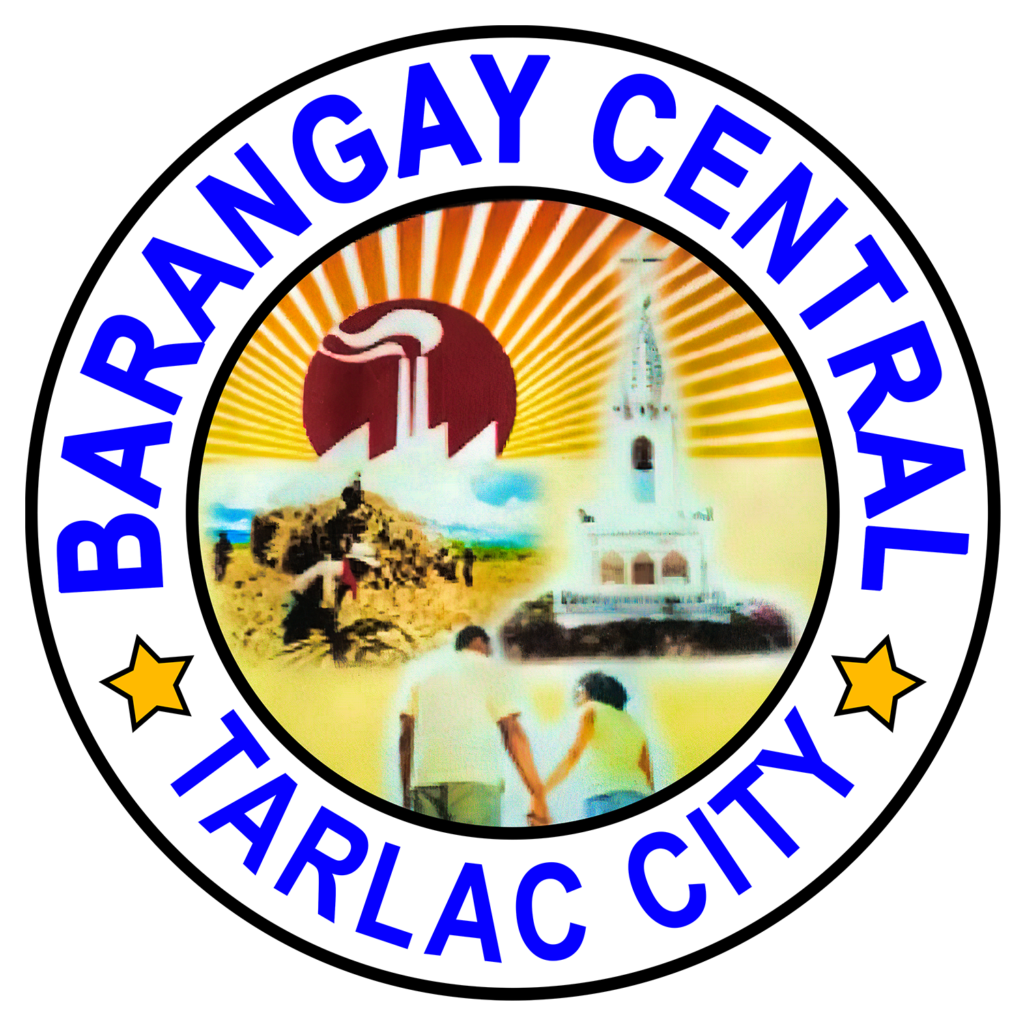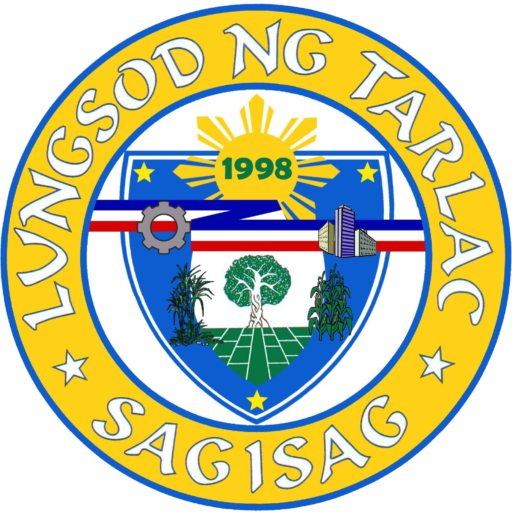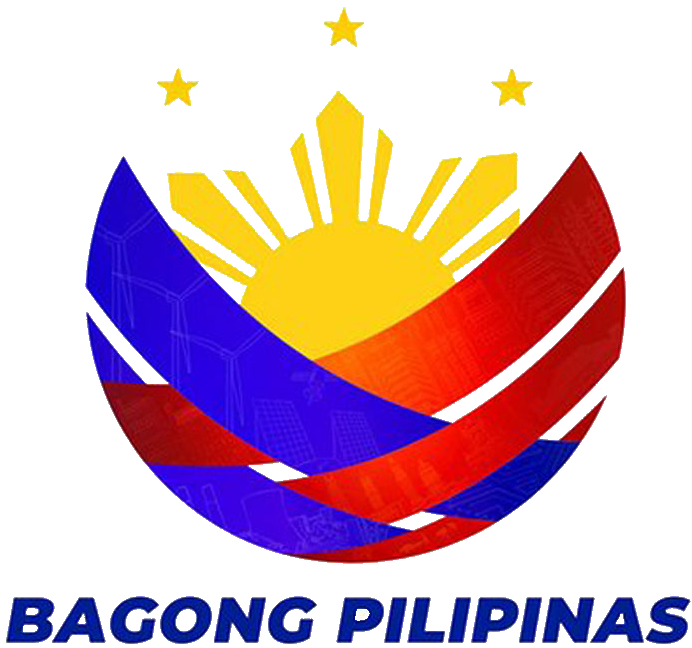
BARANGAY CENTRAL HISTORY
Barangay Central is also part of the South District Division of Barangays in Tarlac City. Barangay Lourdes bound it on the North, Barangay Asturias and Barangay Mapalacsiao on the East, Barangay Buenavista and Barangay Capehan on the West, and Barangay Balete on the Northwest.
It is approximately 12.0 kilometers away from city proper. It has a total land area of 713.19 hectares wherein the whole area designated to residential and commercial area.
It also divided into 5 Sitio’s namely: Sitio Lote, Sitio Camarin, and Sitio Obrero, Sitio Alto, Sitio Zit.
Barangay Central classified as Rural Barangay, it has a total population of three thousand two hundred sixty four (3, 264) as of 2005, and a household population of six hundred seventy seven (677).
Barangay Central residents were almost Hacienda workers. Approximately 10% of the residents here were factory workers in International Wiring System (IWS), Sanyo and Central Azucarera de Tarlac. At present, there is a massive unemployment due to unresolved dispute between the labor and management of Hacienda Luisita. For survival and daily living people planted vegetables and tree bearing fruits in their backyards. The vast land of sugar cane plantation turned to garden of grasses and weeds. Other residents find another employer so that they could sustain their everyday necessities.
Barangay Central is one of the barangays covered by the Hacienda Luisita. People residing in this area stated that the name “Central” derived from the sugar factory of Central Azucarera de Tarlac. It is 5 kilometers away from Barangay San Miguel. This factory established since 1926 and started its operations on November 22, 1928. Cura Family is one of the pioneers of this place. Other families from neighboring provinces and barangays were immigrated and situated here because of their desire to have a work in Central Azucarera de Tarlac. Different races and dialects were migrated such as Ilokano, Pangasinense, Pampango, Bikolanos, Cagayanos, Bisayas and Tagalog. Not only from neighboring provinces but also from different foreign countries such as Spain, Japan and the America. Barangay Central has five sitio’s namely: Sitio Obrero, Sitio Camarin, Sitio Zit, Sitio Lote, and Sitio Alto.
Sitio Obrero was a Spanish word, which means “Trabahador or Manggawa” workers. Sitio Camarin is also Spanish word meaning “Imbakan” bunkhouse or warehouse. Sitio Zit was derived from American people named Zitkowsky.In his desires of adding a worker he decided to construct a 40 units of houses. A construction of these houses started from 1933 until its completions by year 1937. Because of his charitable heart, people in this sitio decided to name their place upon him Zitkowsky. That is why they called it Sitio Zit. Sitio Lote a vacant lot besides this sitio was constructed. But when Japanese colonized the Philippines, the constructions of this house were stop temporarily. Later on employees of Azucarera started to build their own houses in the vacant lot. That is why they called it Sitio Lote. In Sitio Alto, some conventional area likes basketball courts, clubhouse, lawn tennis court, bowling, swimming pool and others situated in this area. They called it Sitio Alto because of its high land compared to any other sitio in this barangay. “Alto” is a Spanish word meaning “High Land” situated in this area compared to any other neighboring places. Among the early settler of this place were Noblegano, Roces, Payo and Russian Alexander Chico and Norman Renesque.
Eighty percent of the total populations are Pampango, and the rest are Tagalog, Bisaya, Pangasinense, and Ilocano.
Barangay Central celebrates their feast day every February 10-11 as thanks giving to the Patron Our Lady of Lourdes. Our Lady of Lourdes is the generous Mother of God.

